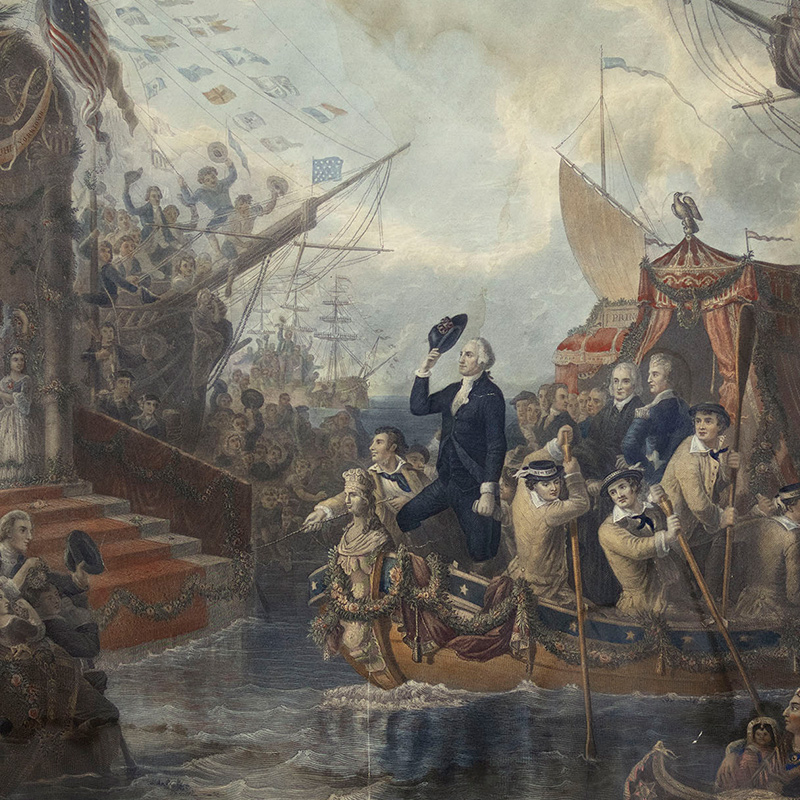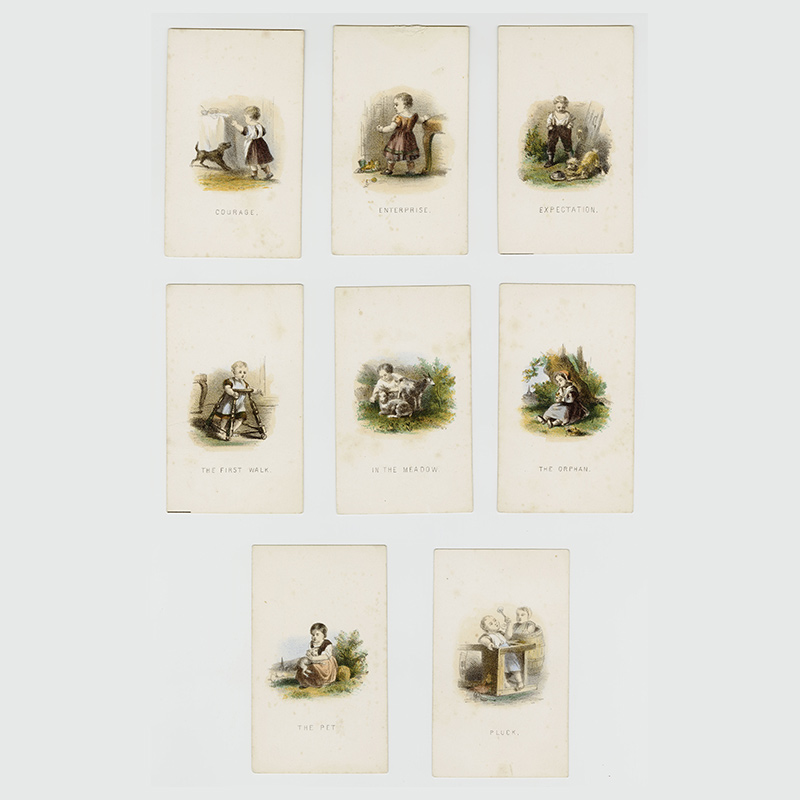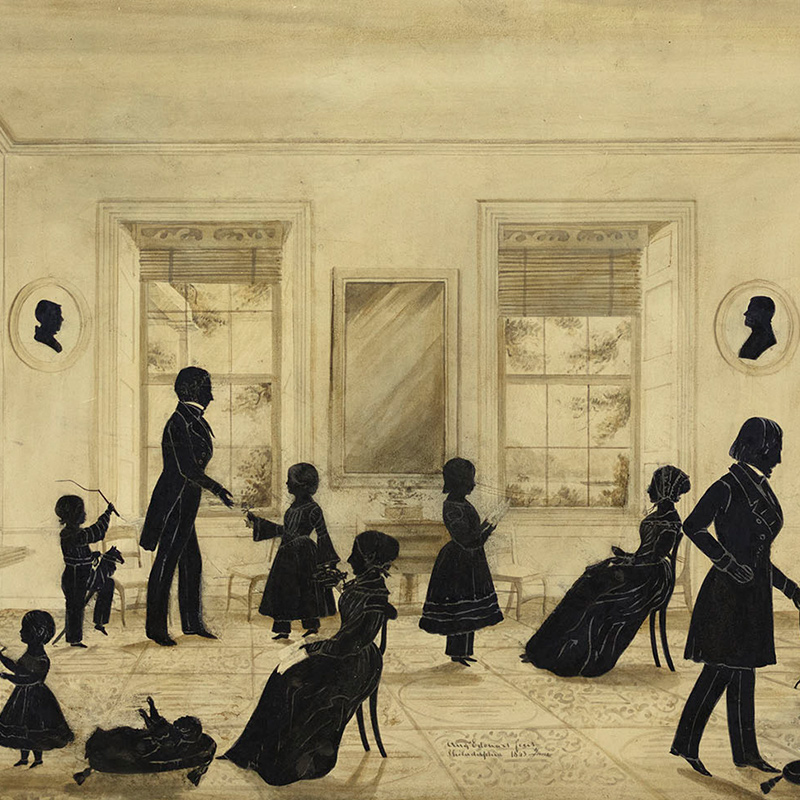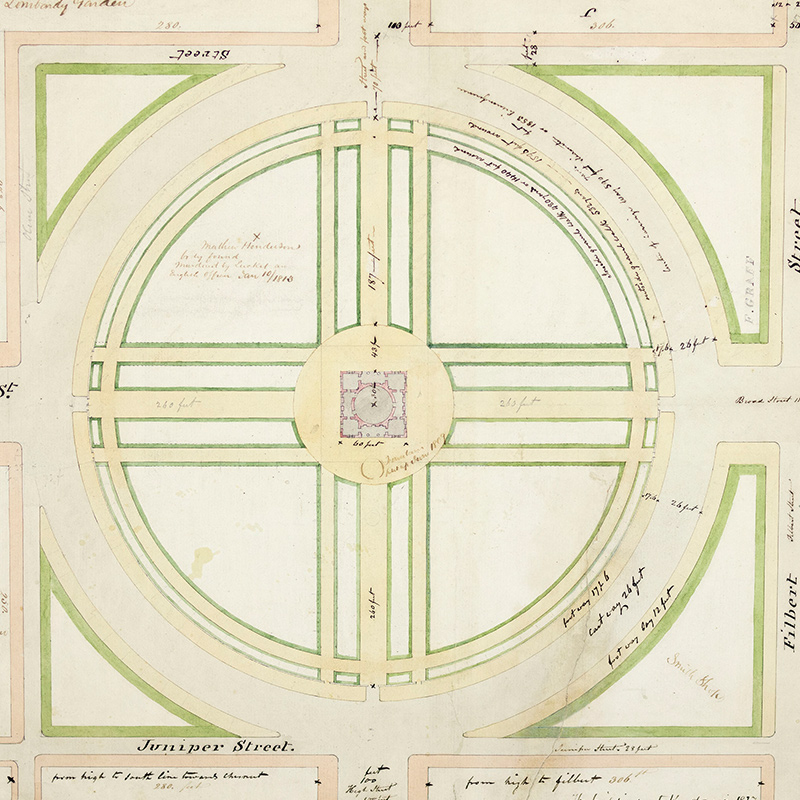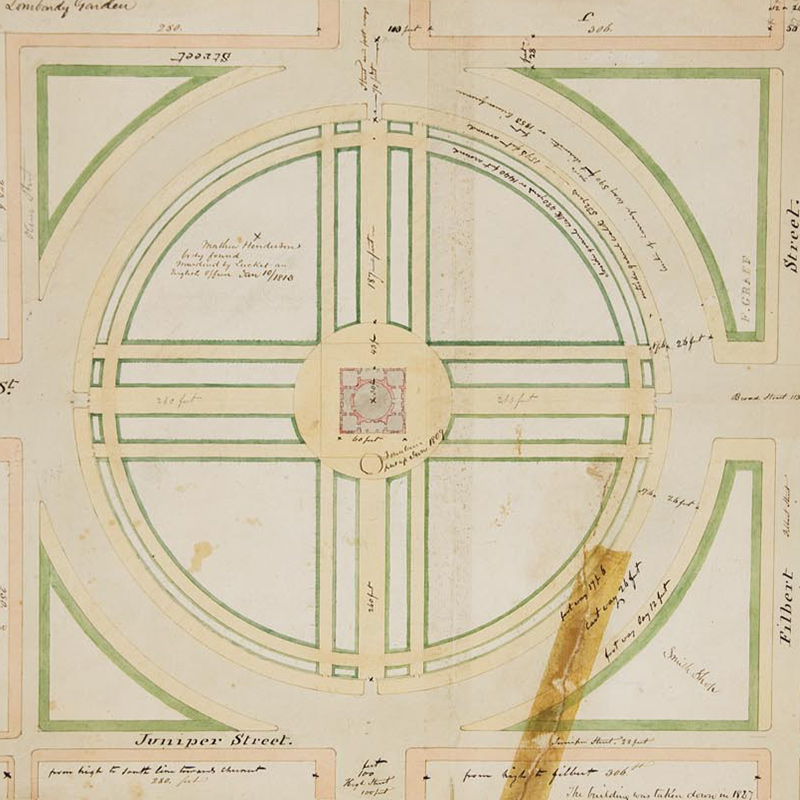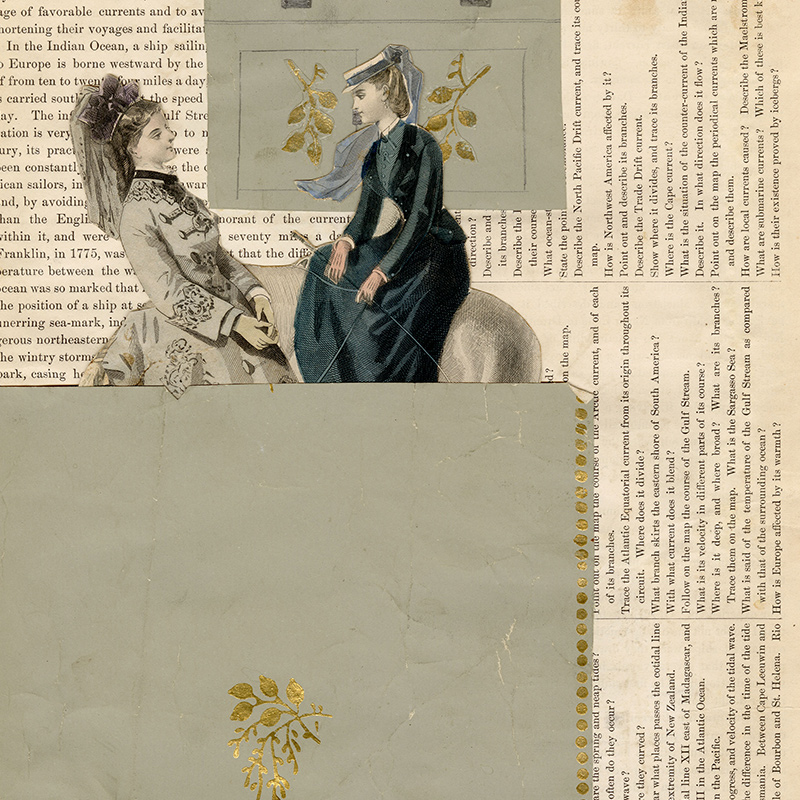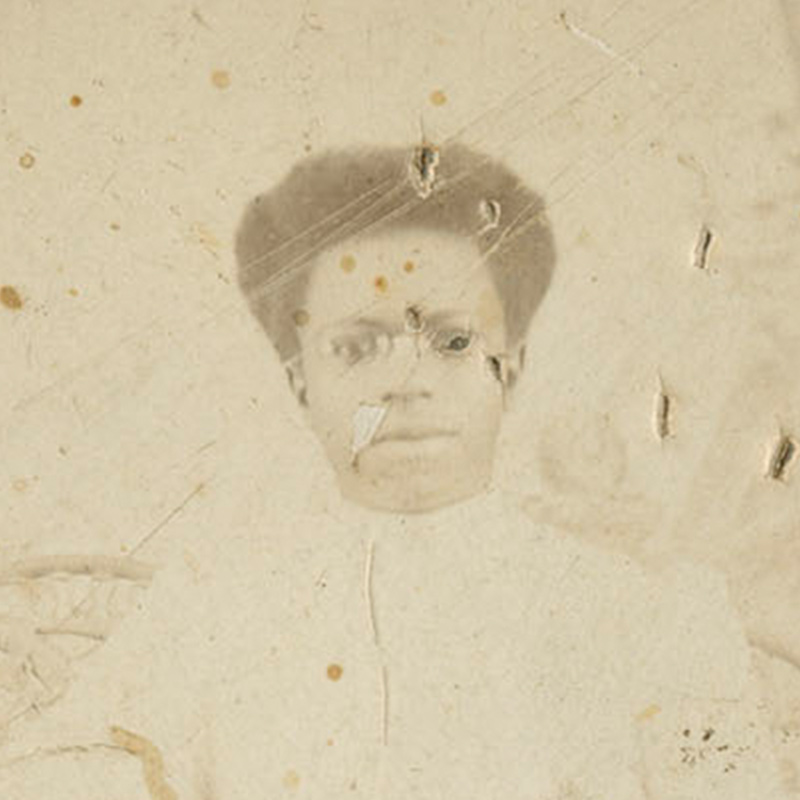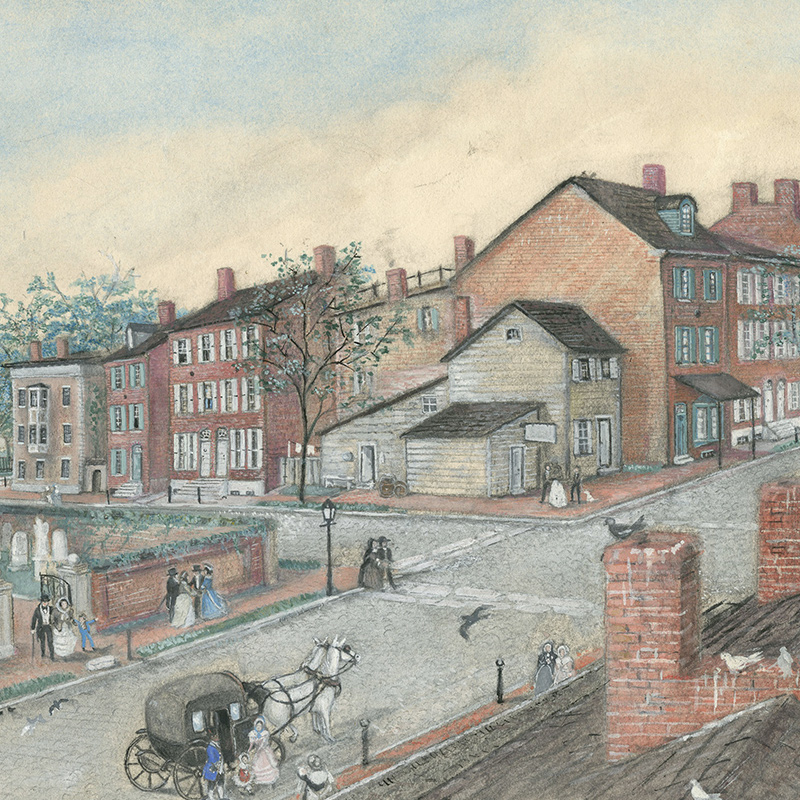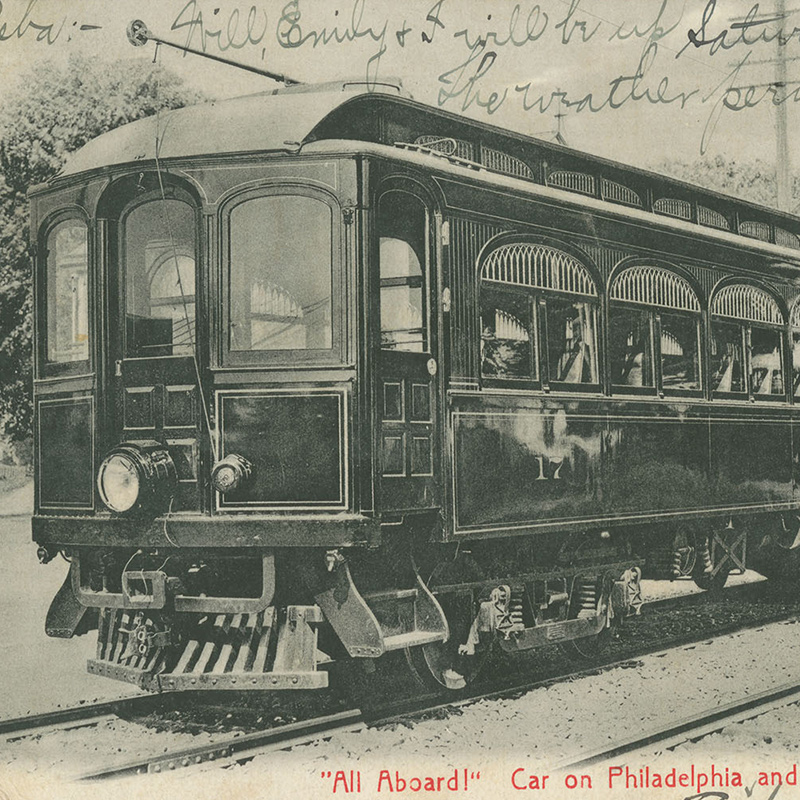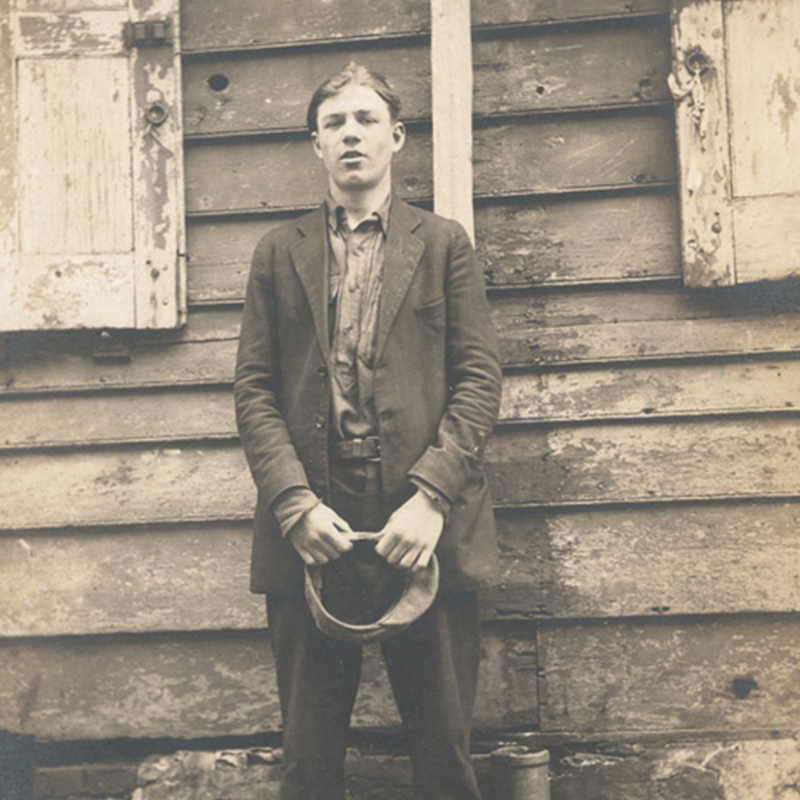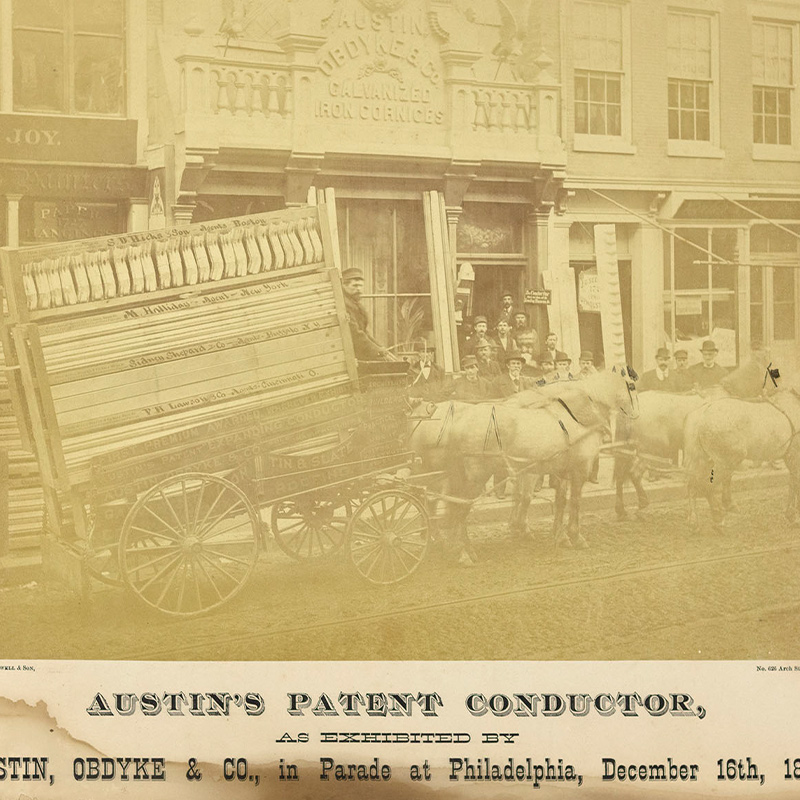Imperfection Section
“Imperfections” in graphic art that might be seen as diminishing the aesthetic appeal or importance of an item in an art museum can be viewed as actually enhancing the research value of a work in a special collections library, such as the Library Company. Artistic or printing errors can teach us about how an item was created or the relative importance ascribed to it. Added inscriptions, while sometimes visually distracting, can provide invaluable historical information. Damage or deterioration can tell us how the item was displayed or used and helps us understand what the item meant to its owner. All of these perceived flaws provide us with a greater understanding of the graphic as a whole, beyond what is pictured in the image, as the works on display demonstrate.
Imperfect History is supported by the Henry Luce Foundation, Walter J. Miller Trust, Center for American Art, Philadelphia Museum of Art, Jay Robert Stiefel and Terra Foundation for American Art.

